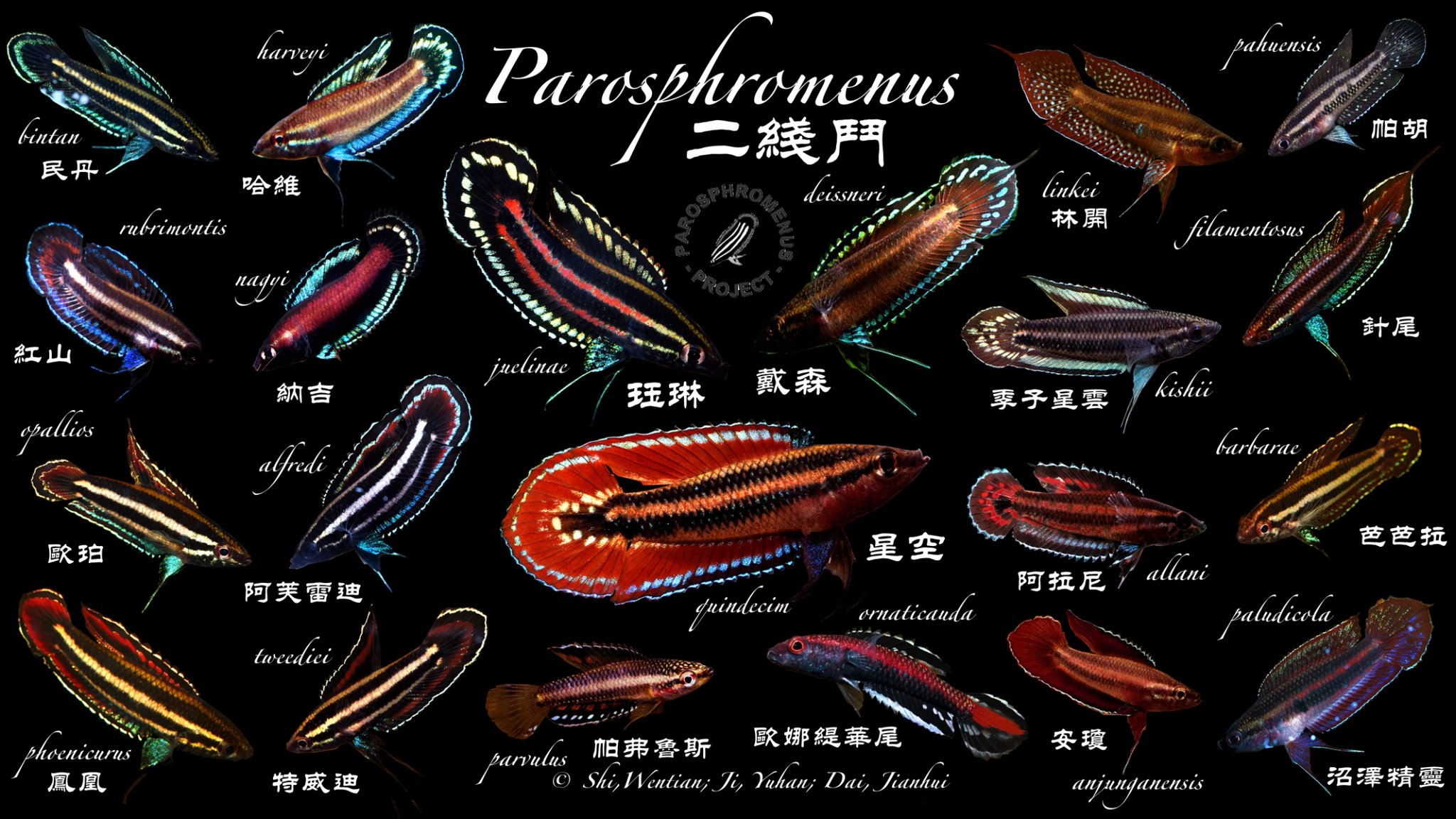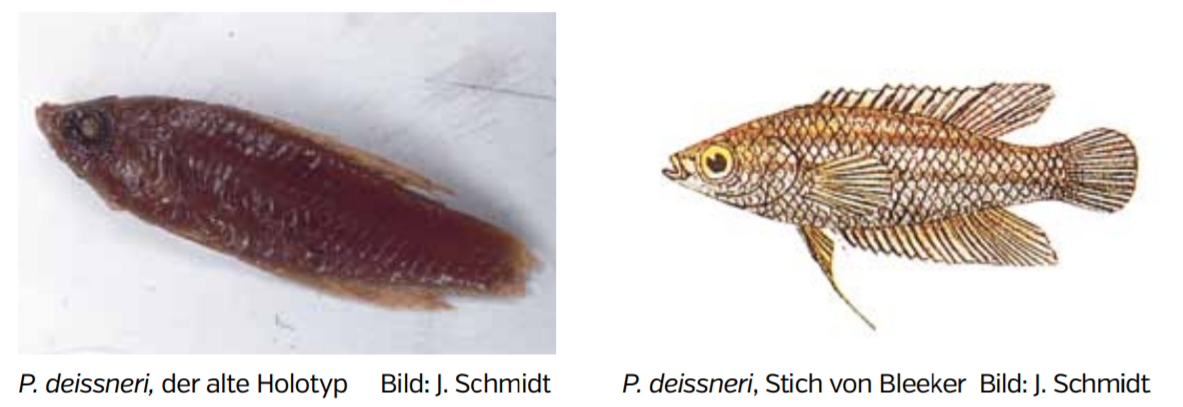From 1859 to 2022, a jo urney of over 150 years
(A brief summary of the history of Parosphromenus based on the article by Prof. Dr. Dr. P. Finke, Father of PP)
Parosphromenus are both old and young, they have a history of 160 years, but 80% of the species were discovered/described within the last 40 years.
In 1859, Dutch Scientist, Bleeker found the first species from the island Bangka, the famous and legendary P. deissneri. Unfortunately the holotype is a female which is poorly preserved. The exact looking of deissneri remained unclear for quite a long time and becomes the origin of many taxonomic nightmares of this Genus.
Time flies. Only until 100 years later, in 1952, the second one P. paludicola was found from Malaysia, so special that they were recognized as a different speceis, while many other species, like tweediei etc, although discovered too, still considered as subspecies of deissneri. Same happened in 1955, P. sumatranus was found in an aquarium export to Germany (as co-catch), and considered as P. deissneri sumatra.
Since then the thing changed. These small fish attracted some German hobbyists and researchers. They made several expeditions into Borneo and Malaysia Peninsula. Based on their studies many famous species were discovered and introduced within 20 years. In 1979, parvulus, 1981 filamentosus, 1985 nagyi, 1987 allani and harveyi (by British) . Then professional taxonomist also joined in, 1991: anjunganensis, linkei and ornaticauda.
However, there is a big problem remained: the type species of this genus, deissneri. It is still kind of unkown. Until 1998, it is rediscoved and described again with P. bintan. After that, the thing can go further, many earlier subspecies of deissneri turned out to be new species: like tweediei, alfredi opallios and rubrimontis in 2005, together with quindecim and pahuensis. And a taxonomic system is only until then clearly established, when the first species has already been discovered like 150 years.
After that several new species were discovered or finally recognized such as P. gunawani, P. phoenicurus in 2012, barbarae in 2020. At last, in 2022, genetic analysis was introduced into the diagnosis of Parosphromenus and indicated two more new species: P. juelinae and P. kishii.
Now we have 23 officially valid species in this genus. But of course there are certainly more to be discovered. Until then.



